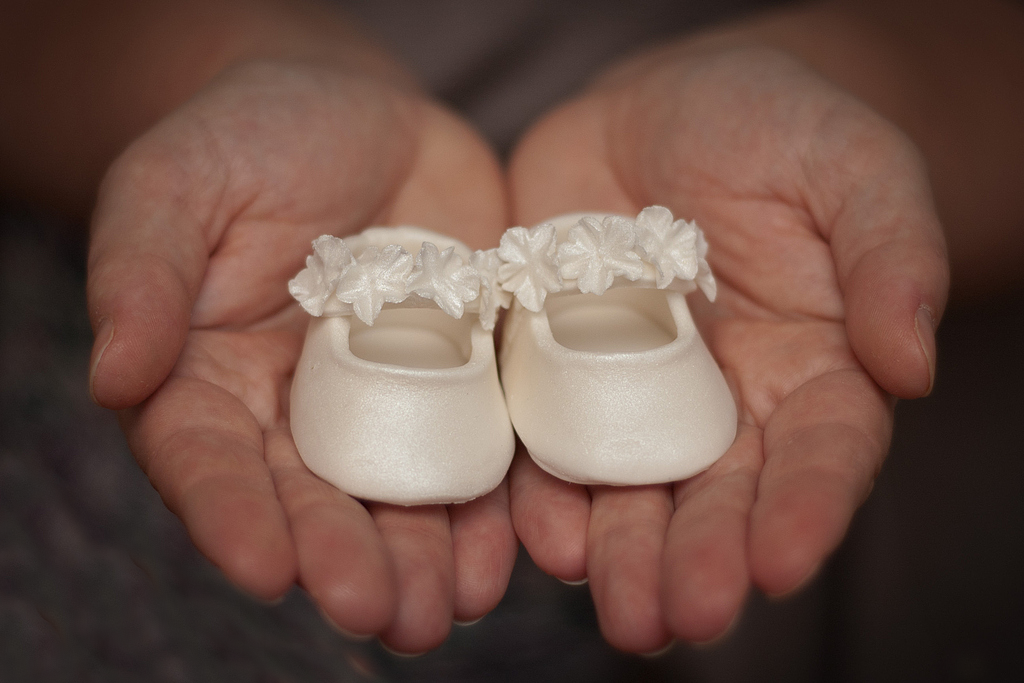Understanding Intoeing in Children: A Guide for Parents
In-toeing, also known as "pigeon toes," is a common condition in young children where the feet turn inward when walking or running. As a podiatrist, I often see parents concerned about this condition. This blog aims to provide a comprehensive guide to help parents understand the causes of in-toeing, what is considered normal at different ages, and when to seek medical advice.
What is In-toeing?
In-toeing is a condition where the feet point inward instead of straight ahead. It can affect one or both feet and can vary in severity. In-toeing is often noticeable when a child starts to walk and can sometimes persist into adolescence if not addressed.
Causes of In-toeing in children
In-toeing can result from several factors, often related to the alignment of bones in the legs and feet:
- Metatarsus Adductus: This condition involves the front part of the foot curving inward. It is usually present at birth and is more noticeable in infants.
- Tibial Torsion: This occurs when the shinbone (tibia) twists inward. It commonly becomes apparent when children start walking and is often seen in toddlers and young children.
- Femoral Anteversion: This condition involves the thigh bone (femur) twisting inward, leading to the knees and feet pointing inward. It typically becomes noticeable in preschool and school-age children.
Normal Age for Different Stages
-
Infants: Metatarsus adductus is common and typically resolves on its own as the child grows and begins to walk.
Extreme cases of metatarsus adductus may partially resemble a clubfoot deformity. - Toddlers (1-3 years): Tibial torsion is often noticed when children start walking. Most children outgrow this condition by the age of 4 to 5 years as their bones naturally grow and straighten.
- Preschool and School-Age Children (3-6 years): Femoral anteversion is more noticeable around this age. In most cases, intoeing will correct itself by the age of 8 to 10 years old.
When to Be Concerned
While in-toeing is often a normal part of development, there are situations where parents should seek medical advice:
- Persistent in-toeing: If in-toeing does not improve as they get older, or if it seems to be worsening.
- Pain or Discomfort: If the child complains of pain in their feet, legs, or hips, or if in-toeing causes difficulty in walking or running.
- Severe in-toeing: If the in-toeing is severe and interferes with the child’s ability to participate in normal activities or sports and results in tripping.
- Family History: If there is a family history of severe skeletal abnormalities or conditions that affect walking.
Diagnosis
A thorough evaluation by a podiatrist or pediatrician can help determine the cause of in-toeing. This may include:
- Physical Examination: Assessing the child’s range of motion, muscle strength, and gait.
- Medical History: Reviewing any relevant medical or developmental history.
- Imaging: In some cases, X-rays or other imaging studies may be necessary to assess bone structure and joint alignment.
Treatment and Management
In most cases, in-toeing does not require treatment and resolves on its own as the child grows. However, if intervention is needed, the following options may be considered:
- Observation: Regular monitoring by a healthcare provider to track the child’s development and ensure the condition is improving naturally.
- Physical Therapy: Exercises to strengthen and stretch the muscles of the legs and feet can be beneficial, especially for children with tight muscles or tendons.
- Orthotic Devices: In some cases, custom orthotic devices or braces may be recommended to support proper foot alignment. Gait plates may also be used to facilitate turing the feet out.
-
Surgery: Rarely, surgical intervention may be necessary for
serious cases that do not improve with other treatments.
Encouraging Healthy Development
Parents can encourage healthy foot development in their children through various practices:
- Encourage Barefoot Play: Allowing children to walk and play barefoot when safe can help strengthen the muscles of the feet and improve balance. When your child is learning to walk choosing a shoe that will facilitate a barefoot walking patters, such as the Attipas childrens range is beneficial.
- Provide Proper Footwear: Ensure children wear well-fitted shoes that provide adequate support without being too restrictive.
- Promote Physical Activity: Encourage activities that involve running, jumping, and climbing to help develop strong and flexible muscles.
In-toeing in children is often a normal part of development and usually resolves on its own without treatment. Understanding the causes and knowing when to seek medical advice can help parents manage their child’s condition effectively. If you have concerns about your child’s in-toeing of foot development, don’t hesitate to reach out to a podiatrist for professional advice and reassurance.
